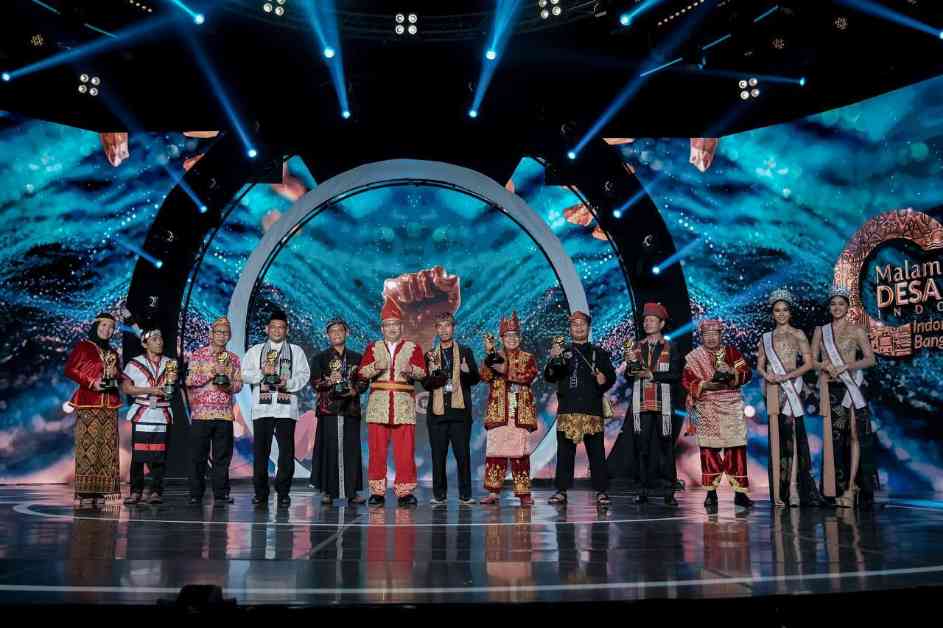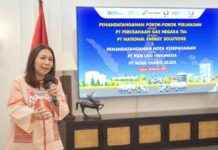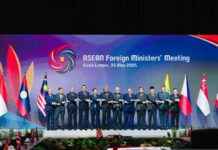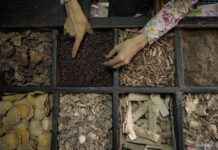Smooth Transition of Nomenclature Ensures Unhindered Development of Tourism Destinations and Infrastructure
Jakarta, October 31, 2024 – The process of transitioning the nomenclature of the Ministry of Tourism and Creative Economy (Kemenparekraf) into two entities, namely the Ministry of Tourism (Kemenpar) and the Ministry of Creative Economy (Kemenekraf), is set to not hinder the progress of the development programs for tourism and creative economy destinations and infrastructure in Indonesia planned throughout 2024.
Strategic Role in Destination Development
Hariyanto, the Deputy of Destination Development and Infrastructure at Kemenparekraf/Baparekraf, explained in a statement at Sapta Pesona Building, Jakarta, on Thursday (10/31/2024) that the deputy plays a strategic role in the development of destinations equipped with the development of creative economy products. This is stipulated in Law Number 10 of 2009 concerning Tourism, where one of the four main pillars of tourism is tourism destinations.
“One of the flagship programs in this deputy is the Indonesian Village Tourism Award (ADWI) activity. A program for developing village tourism through a series of activities, from visits, mentoring, infrastructure assistance, to the ADWI awards night,” said Hariyanto.
Upcoming Events and Achievements
The ADWI awards night for Indonesian village tourism 2024 is scheduled to take place in Jakarta from November 15-17, 2024. It will consist of three main agendas: a strategic partner forum, a creative economic product exhibition from the best 50 ADWI 2024 village tourism destinations, and an award night for appreciation or recognition.
From 2021 to 2024, the ADWI program has been a highlight, producing 225 outstanding village tourism destinations throughout Indonesia, even at the international and global levels. The monitoring and evaluation results from 2023 show improvements in various aspects of village tourism development, directly benefiting the local communities.
Strengthening Village Tourism Ecosystem
In order to strengthen the village tourism ecosystem, the Village Tourism Network (Jadesta) platform serves as an integrated database connecting all village tourism destinations in Indonesia to expand networks and collaborations. Currently, 6,037 villages in Indonesia have joined Jadesta, reflecting a collective commitment to the progress of village tourism and empowering local communities.
Hariyanto expressed gratitude that village development interventions supported by Jadesta data have become a strategic reference for ministries, institutions, and various stakeholders in formulating village tourism development policies. The village tourism development program has been recognized as a flagship program to enhance inclusive economy and optimize rural development, aligning with the national priority vision of the Red and White Cabinet’s Asta Cita.
City Branding and Future Plans
Another flagship program is the development of Creative Districts/Cities (KaTa) in Indonesia through training, mentoring, and guidance to establish city branding in each district/city. Currently, 83 districts/cities have identified outstanding subsectors from the 17 creative economy subsectors in their regions through the implementation of the Indonesia Creative District/City Self-Assessment Harvesting Test (PMK3I).
Nationally, 41 districts/cities have been officially designated as Indonesia’s Creative District/City. At the global level, five districts/cities have been recognized as UNESCO Creative Cities (UCCN), including Pekalongan, Bandung, Ambon, Jakarta, and Surakarta, in various creative fields.
In conclusion, the efforts to enhance tourism and creative economy development in Indonesia are crucial for sustainable progress and community empowerment. The commitment to nurturing village tourism and establishing creative districts/cities not only boosts the economy but also showcases the rich cultural heritage and artistic diversity of Indonesia to the world.






















